Kolbjørn Holthe - Strauss & Enescu (2006)
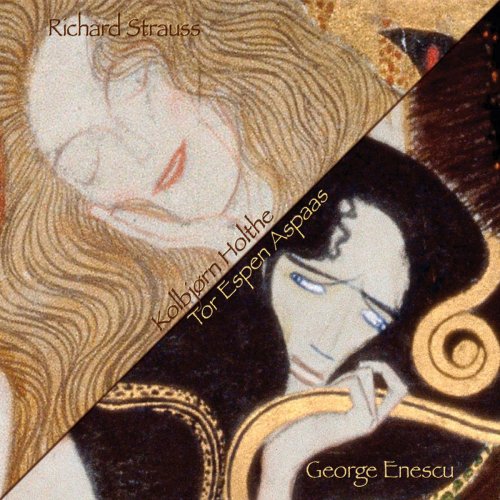
Artist: Kolbjørn Holthe
Title: Strauss & Enescu
Year Of Release: 2006
Label: 2L
Genre: Classical
Quality: FLAC (tracks+booklet)
Total Time: 55:49 min
Total Size: 291 MB
WebSite: Album Preview
Title: Strauss & Enescu
Year Of Release: 2006
Label: 2L
Genre: Classical
Quality: FLAC (tracks+booklet)
Total Time: 55:49 min
Total Size: 291 MB
WebSite: Album Preview
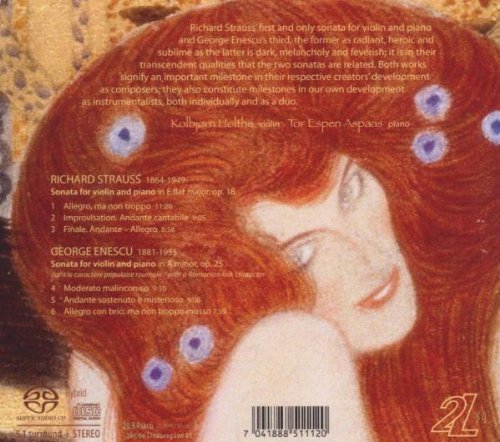
Tracklist:
01. STRAUSS Sonata In E Flat Major, op 18, I. Allegro, Ma Non Troppo
02. STRAUSS Sonata In E Flat Major, op 18, II. Improvisation. Andante Cantabile
03. STRAUSS Sonata In E Flat Major, op 18, III. Finale. Andante - Allegro
04. ENESCU Sonata In A Minor, op 25, I. Moderato Malinconico
05. ENESCU Sonata In A Minor, op 25, II. Andante Sostenuto E Misterioso
06. ENESCU Sonata In A Minor, op 25, III. Allegro Con Brio, Ma Non Troppo Mosso
The violin sonatas of Strauss and Enescu (in this case, his third sonata) would at first seem unlikely companions. Violinist Kolbjorn Holthe and pianist Tor Espen Aspaas anticipated this reaction in their extremely well-written and informative liner notes as this is the first issue they address. Citing their importance in the evolution of the form as well as the development of the composers themselves, Holthe and Aspaas immediately succeed in delineating a connection that would otherwise seem foreign.
Upon first pushing play, listeners are treated to a spectacularly clear, robust, and well-balanced sound quality. This is especially true in SACD mode, but even listening simply in stereo is quite satisfying. The piano is quite present; every note is clearly audible across the breadth of its range without even once covering the sound of the violin. The performances of both musicians are extremely captivating. Their collaboration is truly one of equals rather than simply showcasing the violin. The Strauss is energetic, sparkling, and even playful. This is sharply contrasted by the dark, pensive, and sullen Enescu sonata. Holthe and Aspaas are both masters of subtlety and nuance; the quarter tones in the violin part are absolutely wrenching and the almost inaudible piano pulse in the second movement brings the listener to the edge of his/her seat. The bi-play between the two parts is, as it should be, seamless, and both artists share a clearly defined approach to dynamics, articulation, and pacing. This album is absolutely recommended, especially for anyone who may be unfamiliar with the Enescu.
Upon first pushing play, listeners are treated to a spectacularly clear, robust, and well-balanced sound quality. This is especially true in SACD mode, but even listening simply in stereo is quite satisfying. The piano is quite present; every note is clearly audible across the breadth of its range without even once covering the sound of the violin. The performances of both musicians are extremely captivating. Their collaboration is truly one of equals rather than simply showcasing the violin. The Strauss is energetic, sparkling, and even playful. This is sharply contrasted by the dark, pensive, and sullen Enescu sonata. Holthe and Aspaas are both masters of subtlety and nuance; the quarter tones in the violin part are absolutely wrenching and the almost inaudible piano pulse in the second movement brings the listener to the edge of his/her seat. The bi-play between the two parts is, as it should be, seamless, and both artists share a clearly defined approach to dynamics, articulation, and pacing. This album is absolutely recommended, especially for anyone who may be unfamiliar with the Enescu.
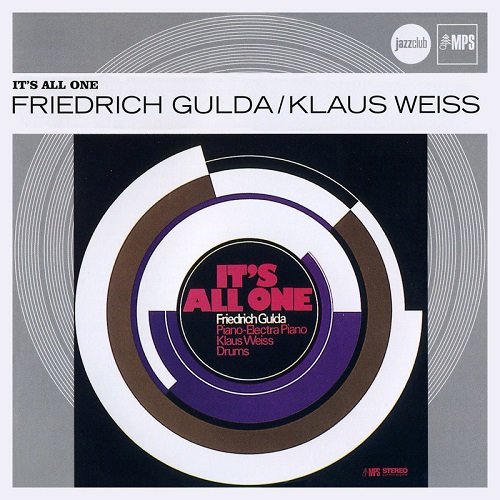
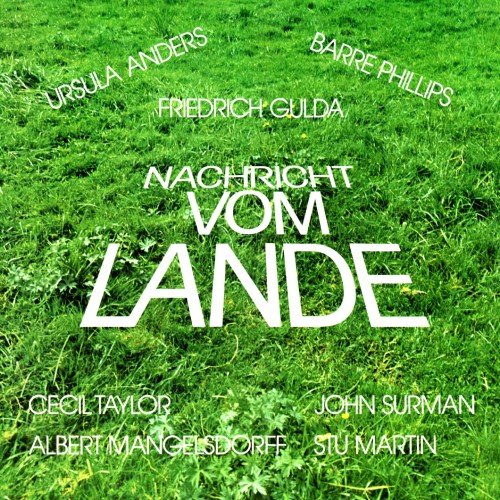
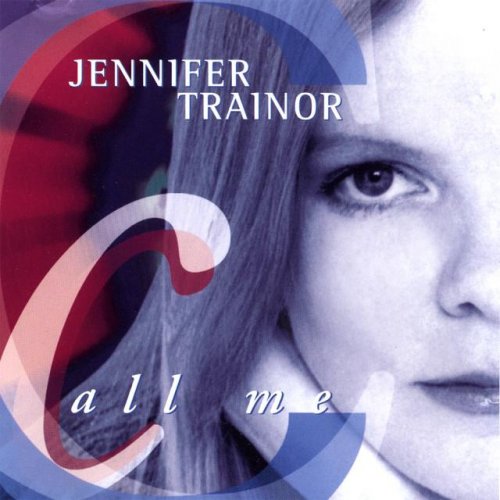
![VA - Bossa n' Collins (2026) [Hi-Res] VA - Bossa n' Collins (2026) [Hi-Res]](https://www.dibpic.com/uploads/posts/2026-01/1767358905_z6fj4mp1lrn4a_600.jpg)
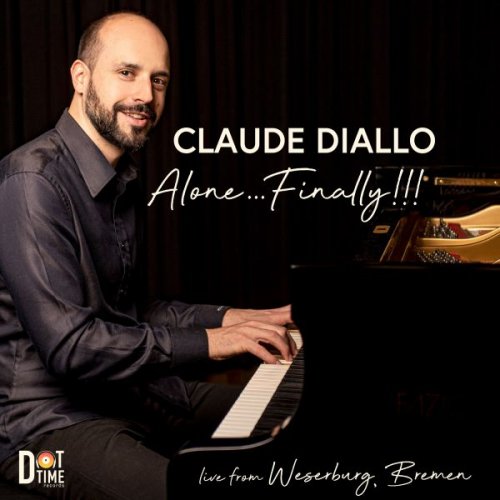

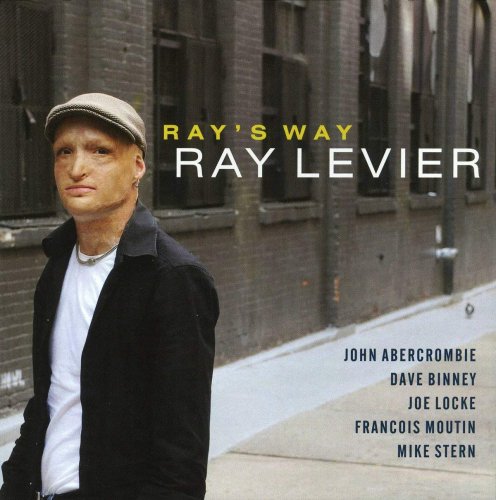
![Manny Albam and His Jazz Greats - Play Music from West Side Story (Remastered Edition) (2025) [Hi-Res] Manny Albam and His Jazz Greats - Play Music from West Side Story (Remastered Edition) (2025) [Hi-Res]](https://www.dibpic.com/uploads/posts/2026-01/1767257208_maws500.jpg)
![Pymlico - Core (2025) [Hi-Res] Pymlico - Core (2025) [Hi-Res]](https://img.israbox.com/img/2026-01/03/l6kyknum5dngl5wzvdg0owfy4.jpg)